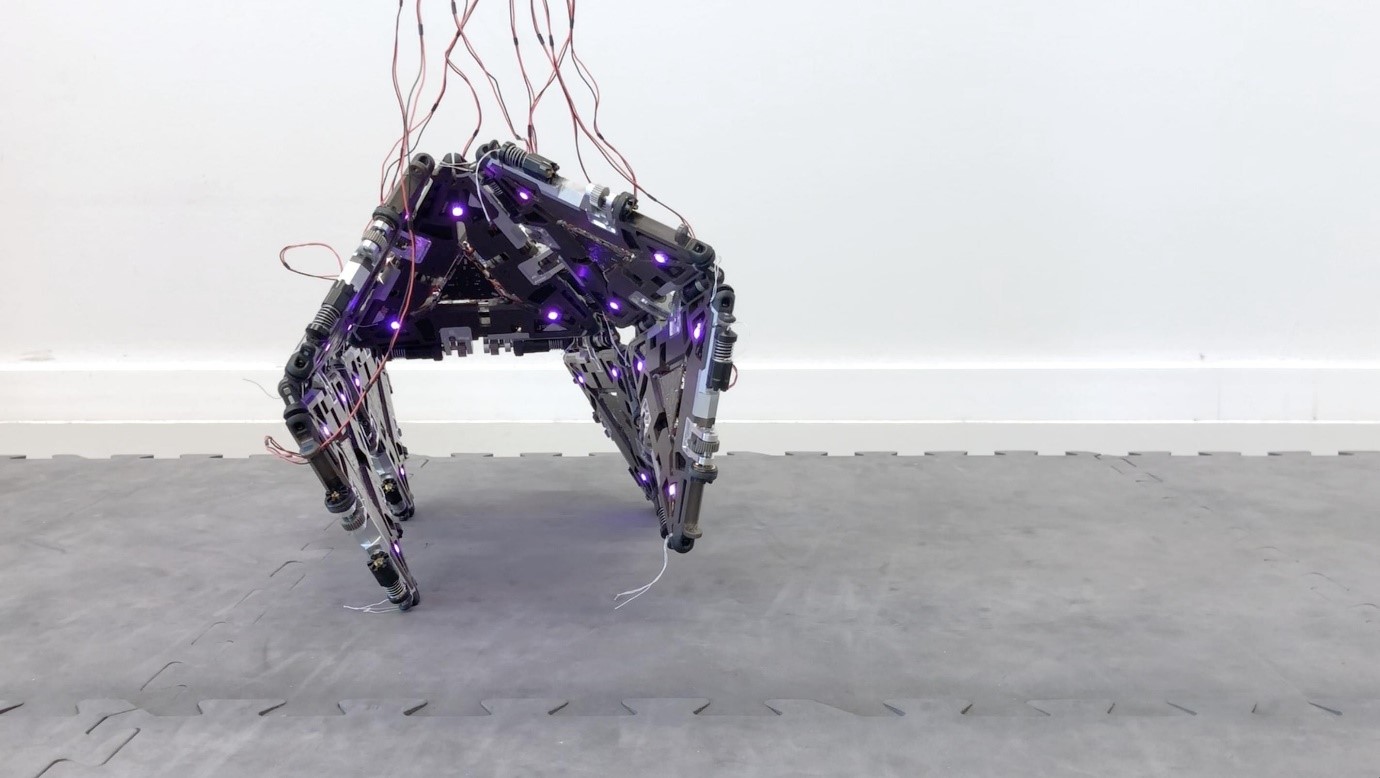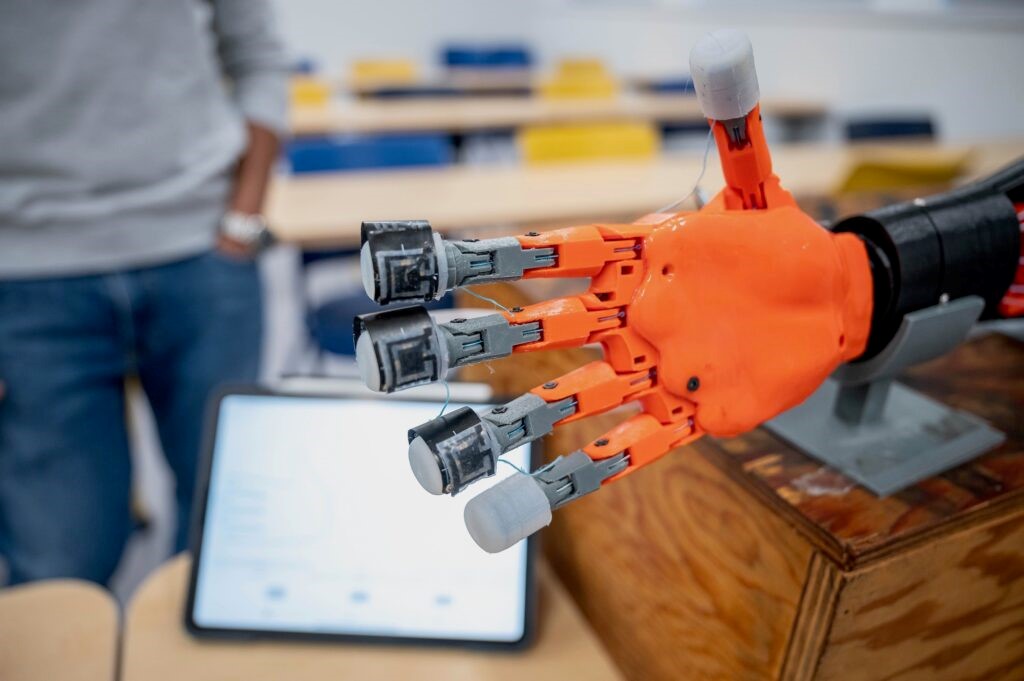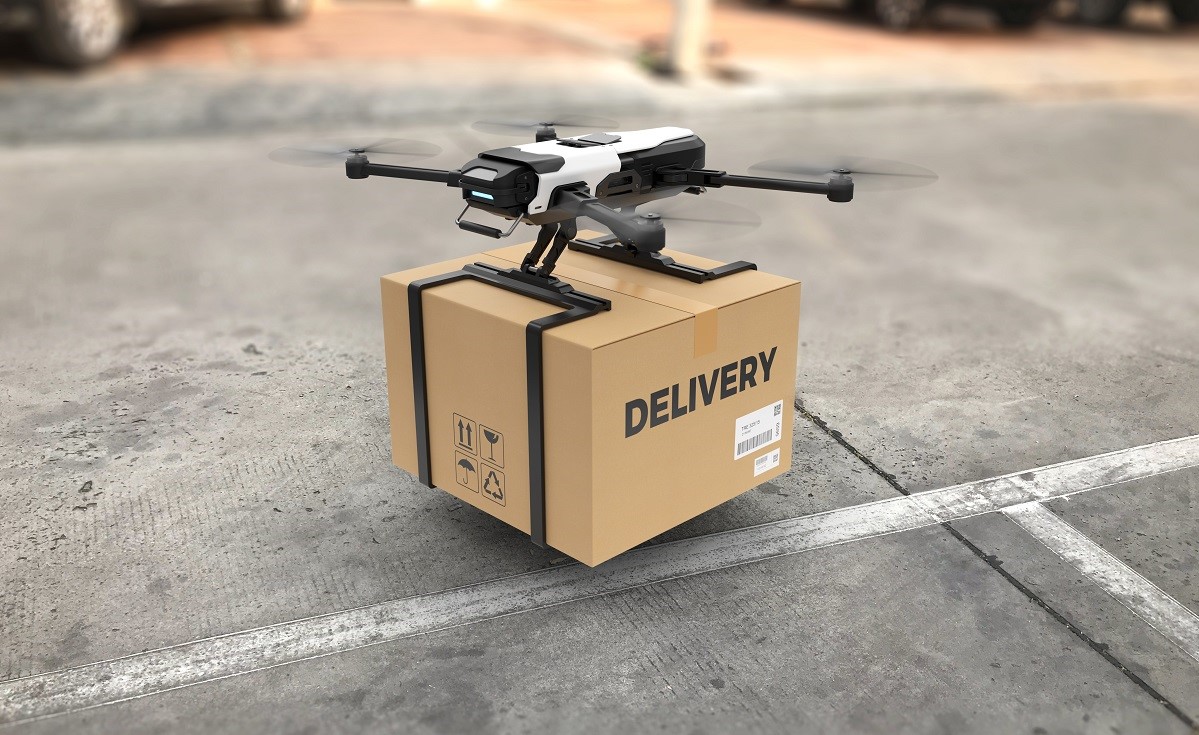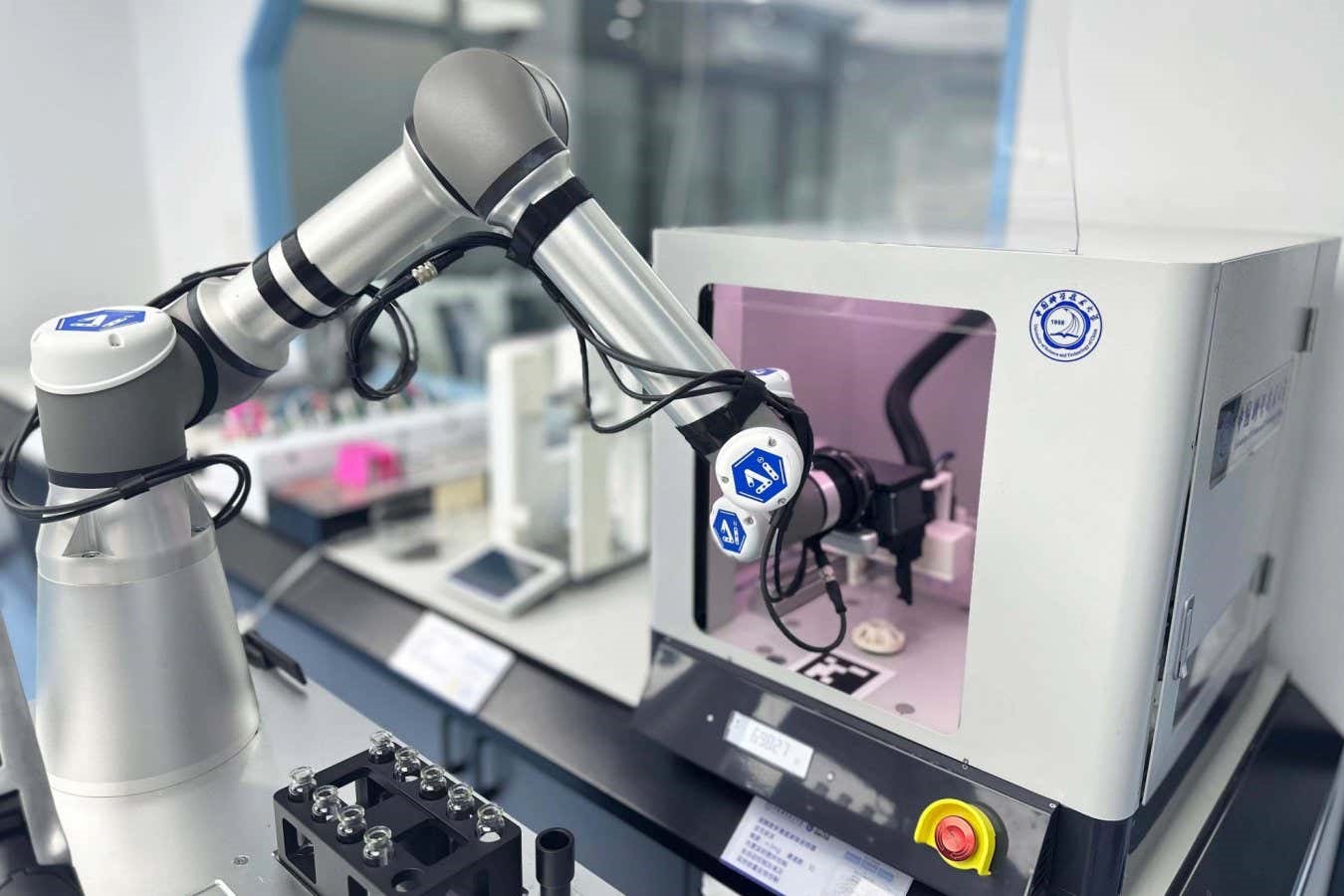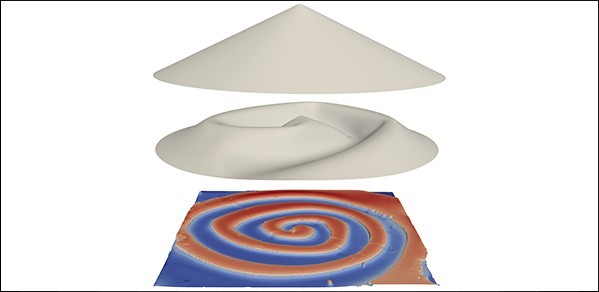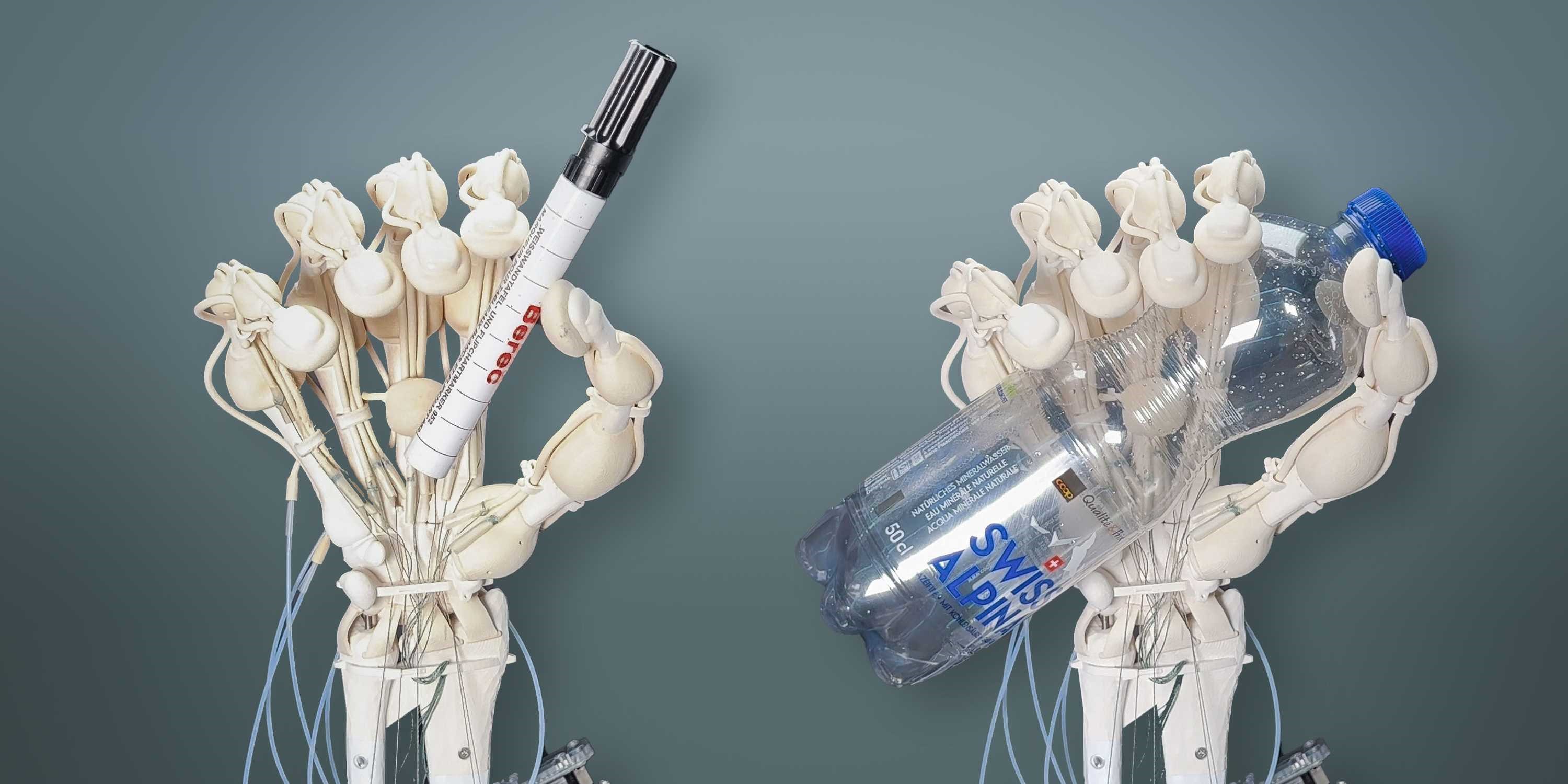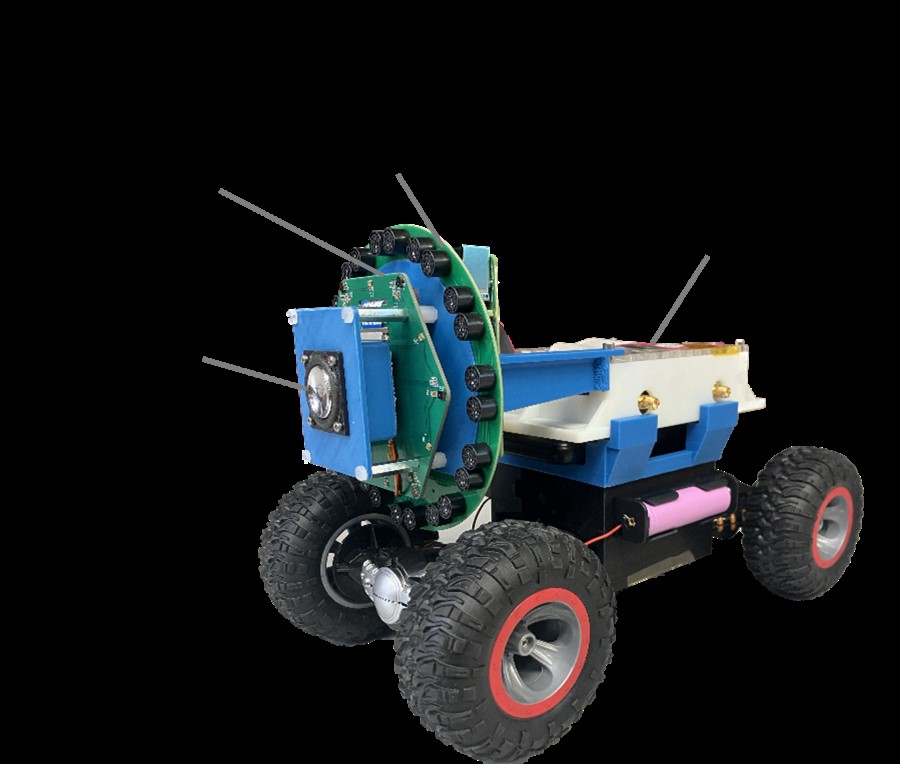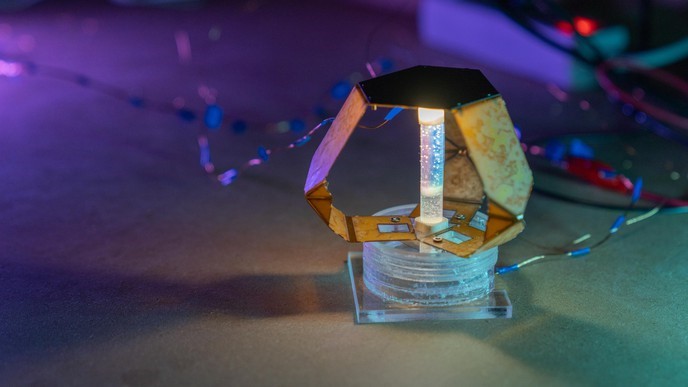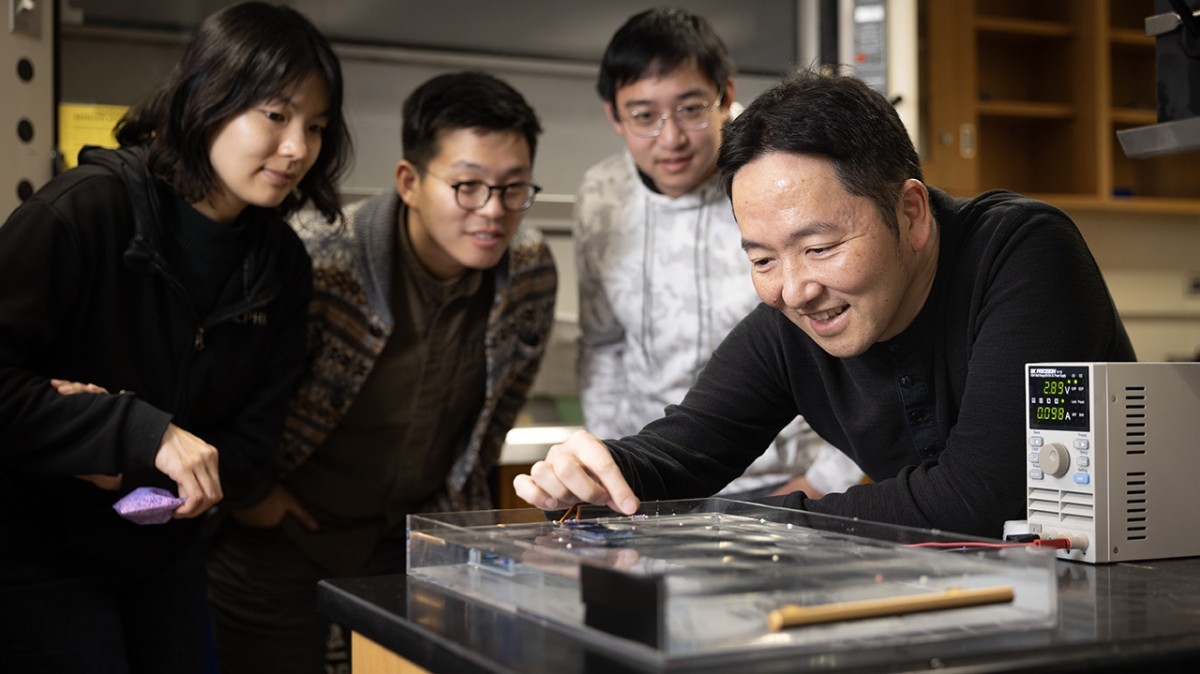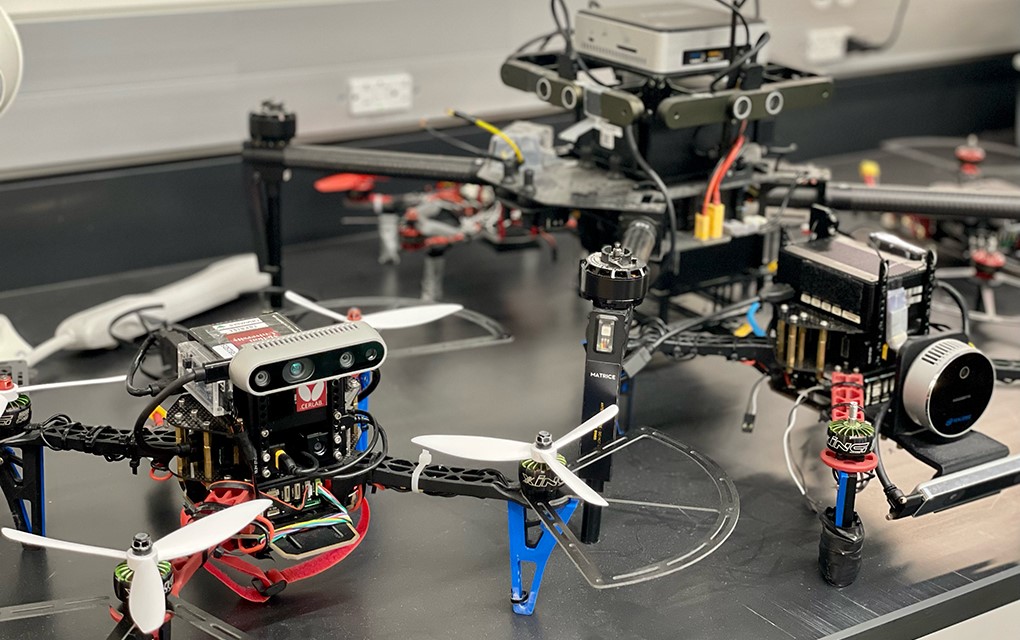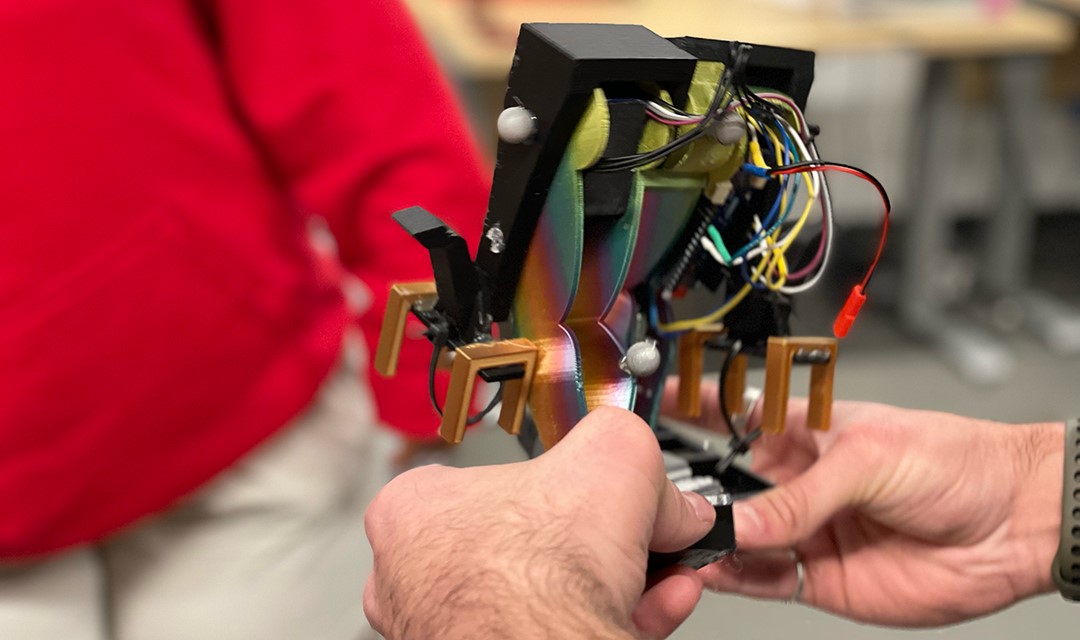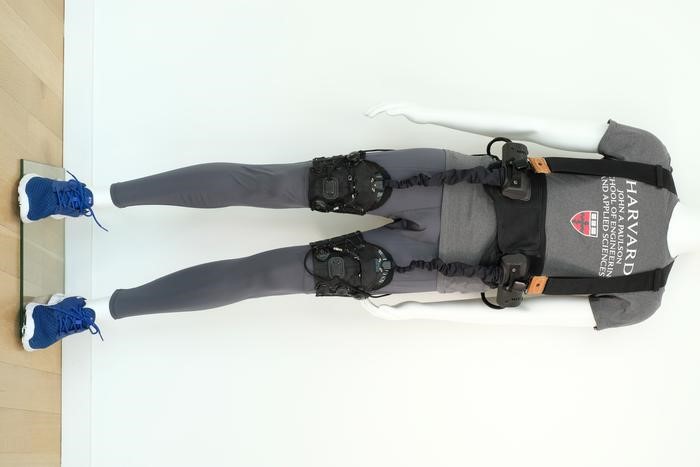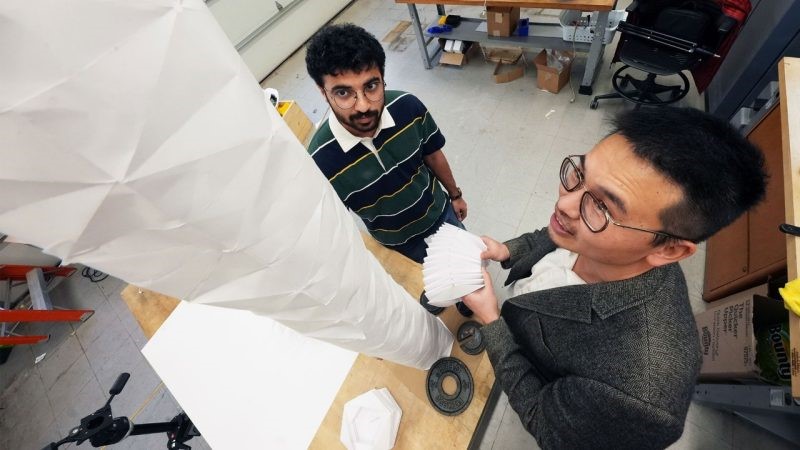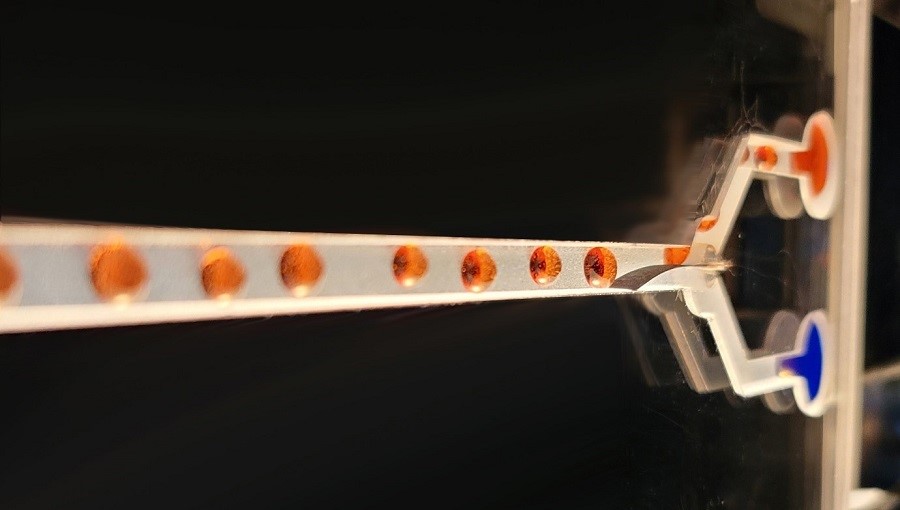Improved 6D Pose Estimation Boosts Robotic Object Handling
Recent advancements in 6D object pose estimation offer promising improvements for robotics, AR, VR, and autonomous navigation. A study published in the International Journal of Computational Science and Engineering presents a method that enhances accuracy, generalization, and efficiency in determining an object's position and orientation from a single image. This breakthrough could greatly enhance robotic interactions, particularly in dynamic or obstructed environments.

Figure 1. Improved 6D Pose Estimation Boosts Robotic Object Handling
In robotics, 6D object pose estimation involves determining an object's position and orientation in 3D space, accounting for six degrees of freedom—three for translation (X, Y, Z) and three for rotation [1]. This capability is essential for autonomous systems, including robots and AR/VR applications. Figure 1 shows Improved 6D Pose Estimation Boosts Robotic Object Handling.
However, challenges arise due to object shape variations, different viewpoints, and high computational demands. Current deep-learning approaches depend on large datasets of objects captured from multiple angles but often struggle with unseen objects or those differing from the training data.
The new technique, developed by Zhizhong Chen, Zhihang Wang, Xue Hui Xing, and Tao Kuai from the Northwest Institute of Mechanical and Electrical Engineering in Xianyang City, China, tackles these challenges by integrating rotation-invariant features into a 3D convolutional neural network.
This enables the system to analyze an object's 3D point cloud independently of its orientation, resulting in more precise pose predictions even when the object is rotated or viewed from novel angles. By employing canonical coordinates—a consistent frame of reference unaffected by rotation—the network enhances its ability to generalize to new poses, addressing a key limitation of traditional methods.
The new approach not only enhances accuracy but also improves efficiency, requiring less training data and computational power [2]. This makes it better suited for real-time, real-world applications.
References:
- https://arxiv.org/html/2309.14265v2
- https://techxplore.com/news/2025-03-6d-pose-method-robotic.html
Cite this article:
Janani R (2025), Improved 6D Pose Estimation Boosts Robotic Object Handling, AnaTechMaz, pp. 153


